In the field of photovoltaic and wind power new energy, the cascaded H-bridge SVG topology is generally used currently. Through cascading superposition, higher voltage and more level output waveforms can be achieved, thereby increasing the output capacity of the equipment and improving the output waveform quality. The SVG complete machine is connected to the 35kV high voltage bus system by connecting the reactor and the isolation switch. A 3kV (6kV or 10kV)/35kV step-up transformer and isolation switch are connected to the 35kV high voltage bus to provide a step-down type.

Figure 1 hanging and buck connection
1. Comparison and analysis of SVG hanging and buck
(1) Waveform sine
In the unipolar frequency-doubled phase-shifted phase carrier modulation method using the modulation wave inversion, phase shift angles θc of two adjacent triangular carrier phases are phase-shifted by half cycles, ie, θc=π/N (N is the number of cascaded units). It can be seen from Figure 2 that many cascaded modules have a sinusoidal output voltage and current waveform that are significantly better than those with fewer cascade modules.
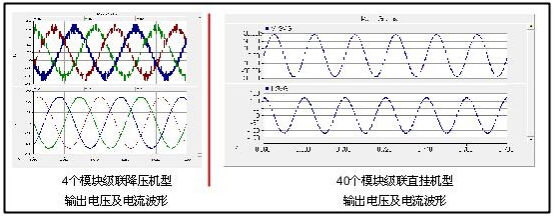
Figure 2 Buck and Drop Output Voltage and Current Waveforms
(2) Voltage and current rate of change
For SVG complete systems, transient voltage surges (du/dt) or current surges (di/dt) overvoltages can easily cause IGBT failure if they exceed the IGBT's safe operating area.
Table 1 comparison of hanging and step-down operating parameters

Relative to the same reactive power configuration capacity of the table 1 comparison parameters, the vertical hanging du/dt only buck 40%, di/dt only buck type 11%, from the voltage and current rate of change, Hanging models work more reliably.
(3) Response speed
SVG can complete the conversion from rated capacitive reactive power to rated inductive reactive power within a very short time. This unmatched response speed is fully capable of compensating impact loads. Relative to the same reactive power configuration capacity, due to the transformer-free hysteresis, the in-flight model has a faster response speed than the buck model.
(4) Control difficulty
For star-connected cascaded SVG systems, it is necessary to perform balanced control among the modules in each phase, three-phase total voltage control, and balanced control between three phases. Due to the increase in the number of H-bridge modules involved in the direct-hanging model, compared with the buck-type model, the probability of failure is increased. Therefore, higher requirements are placed on the reliability of power modules, link sampling, and control links.
(5) Safety insulation
Table 2 Safety distance query chart (below 1000 meters above sea level)
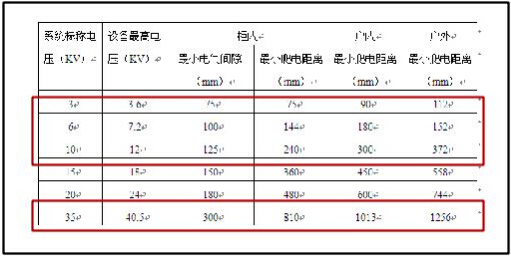
The electrical clearances and creepage distances between the bare charged bodies of different polarities or different phases in the device and between them and the ground are considered in Table 2. From the perspective of safety insulation design, the minimum electrical clearance and creepage distance of the power cabinet body of the hanging type should be more stringent than the buck type.
(6) Losses
Due to the existence of a step-down transformer, the step-down type of the step-down transformer has a relatively large proportion of the loss of the transformer, and is generally 0.5% of the rated capacity. Due to the small current of the in-line type, the loss of a single module is reduced, but due to the increase in the number of modules, the overall loss is similar to that of a step-down type.
(7) Land area
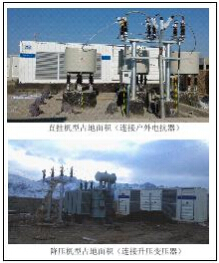
Figure 3 Schematic diagram of the area of ​​the hanging and step-down models
For the same capacity of reactive power compensation device, the hanging type has no transformer and oil pool, and the structure is relatively compact. Compared with the step-down type connected with the step-up transformer, the advantage is not obvious.
(8) Maintenance
Since there are no step-up transformers in the direct-hanging model, there is no need to consider issues such as fire protection and transformer maintenance, and the maintenance workload is reduced. However, due to the increase in the number of modules, the probability of failures is correspondingly increased, and the advantages in maintenance are not obvious.
(9) Cost
For the direct-hanging type, through the direct connection between the reactor and the high-voltage bus, the expensive cost of the transformer is saved, but the increase in the number of modules increases the cost of the entire system. For cost comparison, for the 10 MVar and above models, the direct-attachment scheme is adopted, and the cost is advantageous. For models below 10 MVar, a pressure reduction scheme is used, which has an advantage over cost.
2. Conclusion
Therefore, under the current condition that the hanging technology has matured, the choice of the SVG or decompression of new energy power plants is mainly based on cost considerations. For systems above 10 MVar, it is recommended to use the hang-up scheme; for systems below 10 MVar, it is recommended to use the buck scheme.
Gate valve is a gate opening and closing gate, the direction of movement of the gate and fluid perpendicular to the gate valve can only be fully open and fully closed, can not be adjusted and throttling. Valve through the valve seat and gate contact seal, usually sealing surface will be surfacing metal materials to increase the wear resistance, such as surfacing 1Cr13, STL6, stainless steel and so on. Gate valve is divided into rigid gate valve and flexible gate valve.
Material: Cast Iron, Ductile Iron,Carbon steel,Stainless steel
Type: Flanged, Screwed, Grooved
Standard: Class 125 to Class 250, or PN16 to PN25.
Size: 2" to 14"
Application: Pipelines with Water, Oil, Gas.
All other details or types, please send free requirments.
1.BS5150
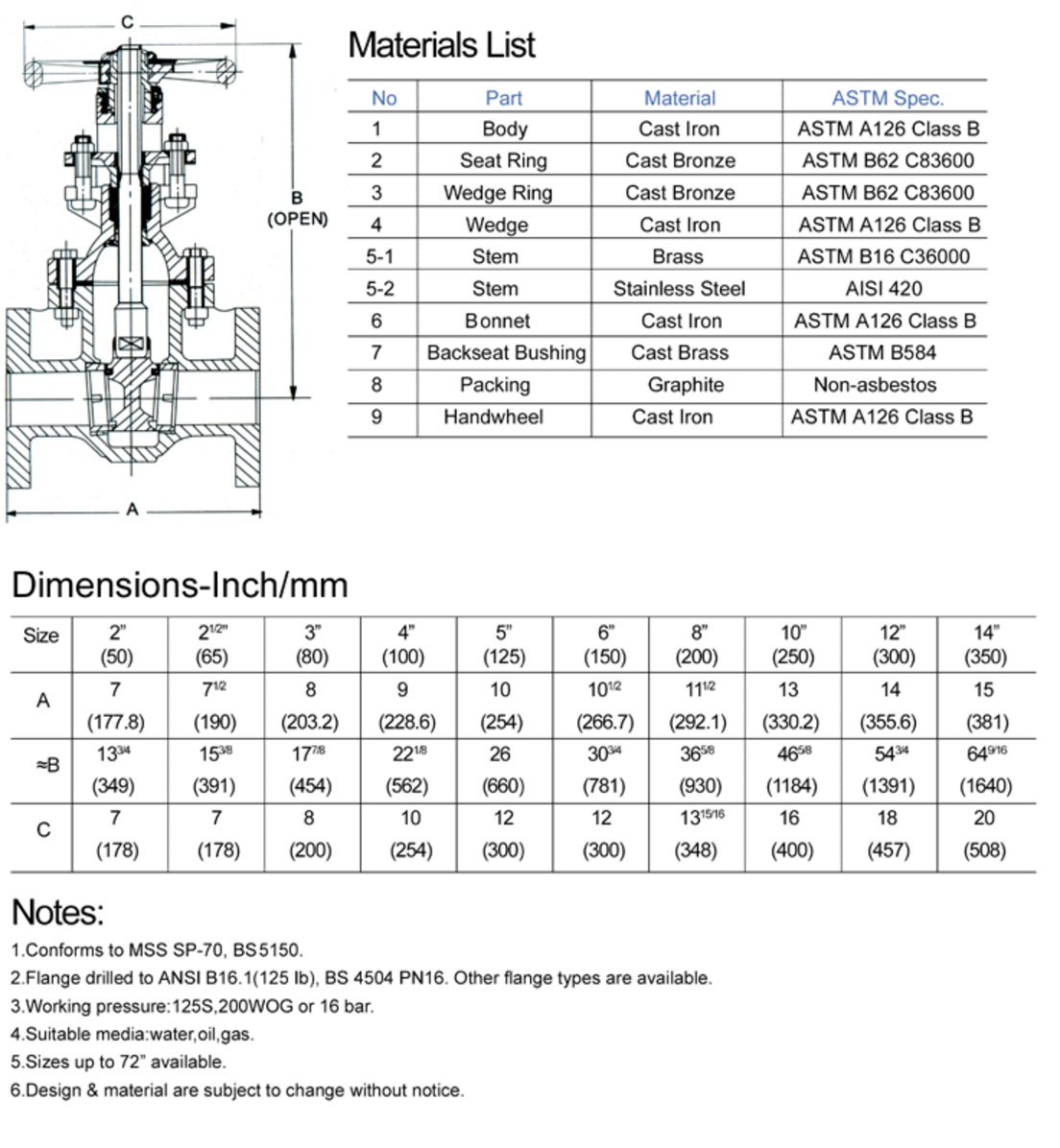
2. DIN3352
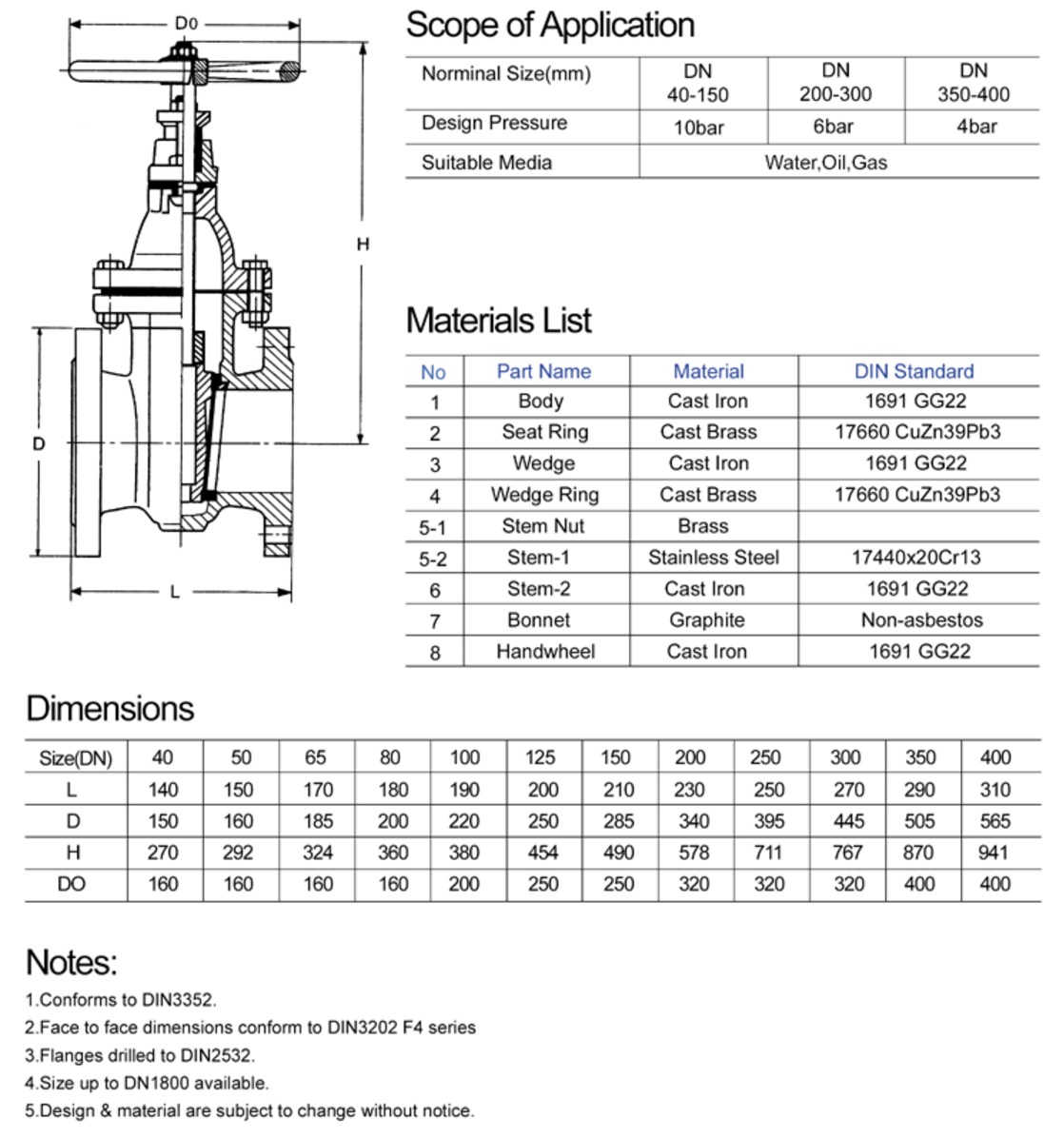
Gate Valves,Flange Gate Valve,Resilent Seated Gate Valve,Grooved Gate Valve
HEBEI ZIFENG NEW ENERGY TECHNOLOGY CO.,LTD. , https://www.zifengpipeline.com